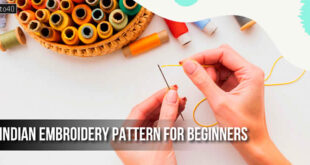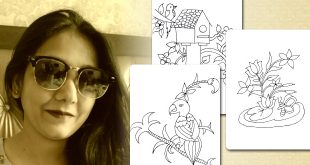Clay Moulding – Items required:
- Moulding clay of orange colour
- Moulding clay of green colour
- Paper knife
Ceramic Clay:
Ceramic clay are water-based substances made from clay minerals and other raw materials. They are baked at high temperatures in a process known as firing to create ceramics, such as terra cotta, earthenware, stoneware, and porcelain. Paper clay produced by pottery clay manufacturers is a clay body to which a small percentage of processed cellulose fiber has been added. When kiln-fired, the paper burns out, leaving the clay body. Consequently, the firing temperatures and glazes selection should be the same on those used with the clay body.
Polymer Clay:
Polymer clay is a modelling material that cures when heated from 129 to 135 °C (265 to 275 °F) for 15 minutes per 6 millimetres (1⁄4 in) of thickness, and does not significantly shrink or change shape during the process. Despite being called “clay”, it generally contains no clay minerals. Polymer clay is sold in craft, hobby, and art stores, and is used by artists, hobbyists, and children. Polymer clay is also popular in animation, since it allows static forms to be manipulated frame after frame. Leading brands of polymer clay include Fimo, Kato Polyclay, Sculpey, Modello and Crafty Argentina.
Paper Clay:
Paper clay is handmade or commercially available clay to which a small percentage of processed cellulose fiber is added. The fiber increases the tensile strength of the dry clay and enables dry-to-dry and wet-to-dry joins. Commercial paper clay air-dry to a firm, lightweight sculpture, with minimal shrinking during the drying process.
Paper clay can be used as an unfired body in craft and doll-making. It is used in ceramic art studios as sculptural and functional studio pottery.
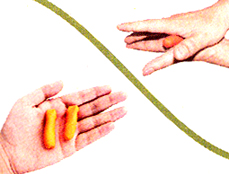 Take some orange clay. Roll out the orange clay evenly so that it is thinner at one end.
Take some orange clay. Roll out the orange clay evenly so that it is thinner at one end.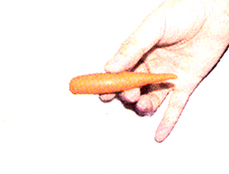 Mould the thinner end to give shape of a carrot.
Mould the thinner end to give shape of a carrot.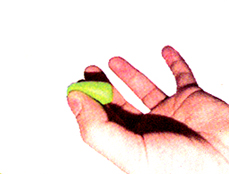 Take green clay roll and flatten it.
Take green clay roll and flatten it.
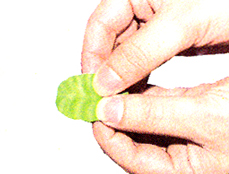 Take the flatten clay and stretch it with the help of forefinger and thumb as shown here to give the shape of a leaf.
Take the flatten clay and stretch it with the help of forefinger and thumb as shown here to give the shape of a leaf.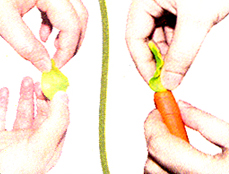 Slightly twist the leaf and press down on the thicker end of the carrot.
Slightly twist the leaf and press down on the thicker end of the carrot.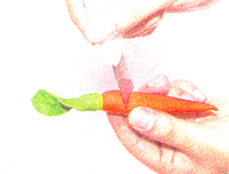 Your Carrot is ready, give some impressions of cut for a natural look.
Your Carrot is ready, give some impressions of cut for a natural look.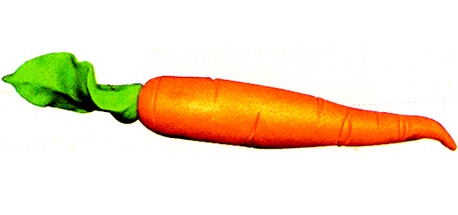
 Kids Portal For Parents India Kids Network
Kids Portal For Parents India Kids Network
